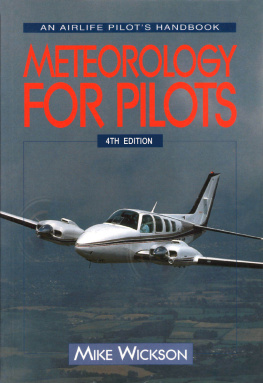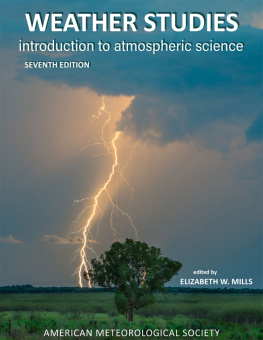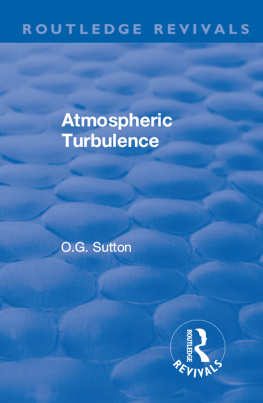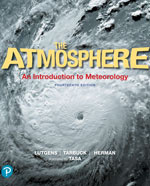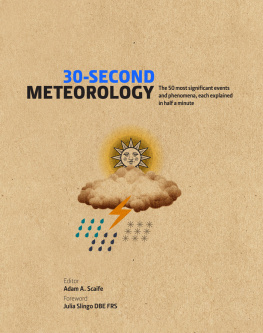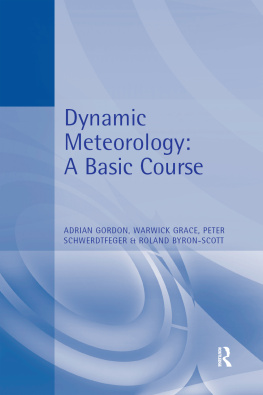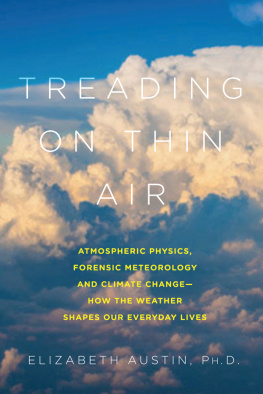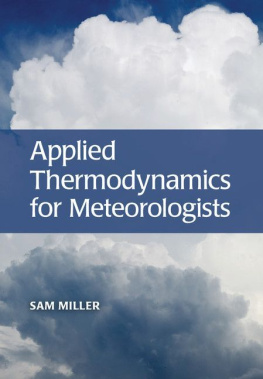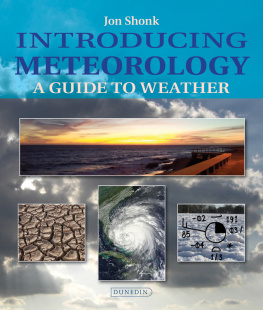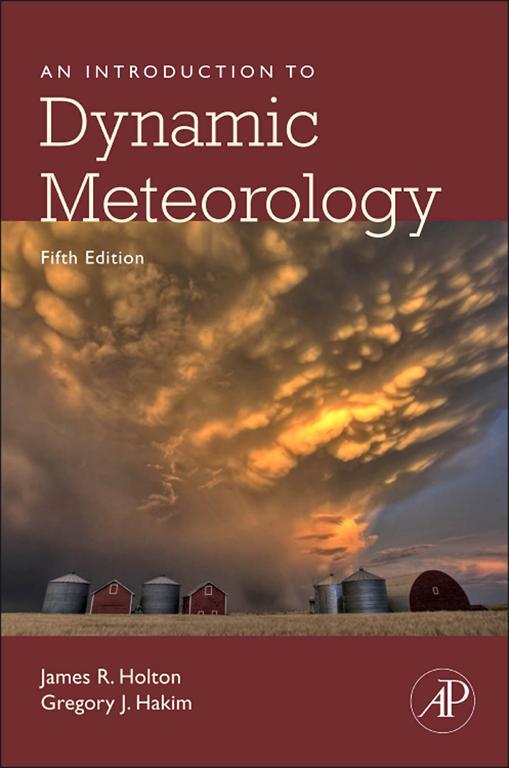James R. Holton
Gregory J. Hakim
Copyright
Academic Press is an imprint of Elsevier
225 Wyman Street, Waltham, MA 02451, USA
The Boulevard, Langford Lane, Kidlington, Oxford, OX5 1GB, UK
2013 Elsevier Inc. All rights reserved.
No part of this publication may be reproduced or transmitted in any form or by any means, electronic or mechanical, including photocopying, recording, or any information storage and retrieval system, without permission in writing from the publisher. Details on how to seek permission, further information about the Publishers permissions policies and our arrangements with organizations such as the Copyright Clearance Center and the Copyright Licensing Agency, can be found at our website: www.elsevier.com/permissions.
This book and the individual contributions contained in it are protected under copyright by the Publisher (other than as may be noted herein).
Notices
Knowledge and best practice in this field are constantly changing. As new research and experience broaden our understanding, changes in research methods, professional practices, or medical treatment may become necessary.
Practitioners and researchers must always rely on their own experience and knowledge in evaluating and using any information, methods, compounds, or experiments described herein. In using such information or methods they should be mindful of their own safety and the safety of others, including parties for whom they have a professional responsibility.
To the fullest extent of the law, neither the Publisher nor the authors, contributors, or editors, assume any liability for any injury and/or damage to persons or property as a matter of products liability, negligence or otherwise, or from any use or operation of any methods, products, instructions, or ideas contained in the material herein.
M ATLAB is a trademark of The MathWorks, Inc., and is used with permission. The MathWorks does not warrant the accuracy of the text or exercises in this book. This books use or discussion of M ATLAB software or related products does not constitute endorsement or sponsorship by The MathWorks of a particular pedagogical approach or particular use of the M ATLAB software.
M ATLAB and Handle Graphics are registered trademarks of The MathWorks, Inc.
Library of Congress Cataloging-in-Publication Data
Holton, James R., and Hakim, Gregory J., authors.
An introduction to dynamic meteorology.Fifth edition / Gregory J. Hakim.
pages cm
Includes bibliographical references and index. Revision of Fourth edition by Holton.
ISBN 978-0-12-384866-6 (hardback)
1. Dynamic meteorology. I. Title.
QC880.H65 2012
551.515dc23
2012022179
British Library Cataloguing-in-Publication Data
A catalogue record for this book is available from the British Library.
For information on all Academic Press publications visit our website at http://store.elsevier.com
Printed in the United States
12 13 14 15 16 10 9 8 7 6 5 4 3 2 1

Dedication

To the memory of James R. Holton (19382004)
Preface
When Jim Holton was making revisions for the Fourth Edition of this book, I served as a consultant on aspects of the material with which I was most familiar. Toward the end of the revision process, Jim asked whether I would like to join him as a coauthor for the next edition. Although I agreed to this wonderful opportunity and looked forward to the collaboration, it vanished when Jim Holton died on March 3, 2004. The shock of his sudden passing lingers in the dynamic meteorology community, where his influence is difficult to exaggerate. That sphere of influence includes this book on dynamic meteorology, which has served as the standard text on the subject for generations of students and practitioners in the atmospheric and related sciences. It was very difficult to take up revisions without Jims guidance, but the situation also presented an opportunity to bring a fresh perspective to aspects of the material that had become dated, tracing their origin to lecture notes from classes taught at MIT during the 1960s.
This book serves three main communities: undergraduate and graduate students in the atmospheric sciences, practitioners in the field, and those in related physical sciences who want a definitive, and accessible, introduction to the subject matter. In making revisions, I have tried to draw on my experiences with the book as both a student and an instructor, to streamline and modernize aspects of the text to serve these communities. Major structural changes include ), followed by advanced topics in later chapters.
In addition to numerous minor changes, specific substantial revisions include the following. In , the discussion of basic wave properties is extended to three dimensions, and a general strategy for solving wave problems is outlined. Stationary Rossby wave solutions are now discussed for both shallow-water and stratified atmospheres at rest, providing the reader with a deeper understanding of the basis for the quasi-geostrophic approximation that follows in the next chapter.
.
I would like to thank Margaret Holton for her friendship and support in undertaking this project. Dale Durran and Cecilia Bitz maintained an excellent errata for the Fourth Edition, which was helpful when working on this revision. I am grateful to the following individuals for offering comments and suggestions on early chapter drafts: Hanin Binder, Bonnie Brown, Dale Durran, Luke Madaus, Max Menchaca, Dave Nolan, Ryan Torn, and Mike Wallace. Errors that remain are mine alone, and I would appreciate hearing about them at .
Greg Hakim
Seattle, WA
Chapter 1
Introduction
1.1 Dynamic Meteorology
Dynamic meteorology is the study of air motion in the Earths atmosphere that is associated with weather and climate. These motions organize into coherent circulation features that affect human activity primarily through wind, temperature, clouds, and precipitation patterns. Short-lived features, lasting from a few minutes to a few days, are related to weather, and some familiar weather examples that we will examine in this book include tropical and extratropical cyclones, organized thunderstorms, and local wind patterns such as those that occur near mountains. illustrates the mixing effect of larger weather patterns in the atmosphere, from large areas of convective cloud in the tropics to extratropical cyclones in the higher latitudes of the Northern and Southern Hemispheres. These weather elements occur in the troposphere, which is the portion of the atmosphere in contact with the surface. The troposphere normally exhibits a drop in temperature with elevation and contains most of the water vapor, clouds, and precipitation found in the atmosphere. On average, the troposphere extends vertically about 10 kilometers, where the




